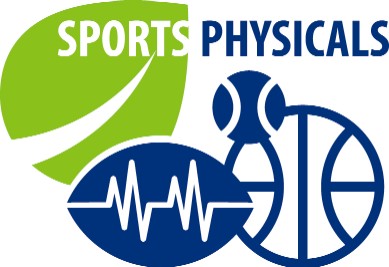Raw, Organic, Unpasteurized Milk
Pasteurization was originally utilized with milk to allow the farmers to safely store and ship the milk for longer periods before it makes it to the belly of a consumer. Now we understand that the fresher the food is when we consume it, the healthier it is for us. So the health conscious consumer no longer wants their milk to be pasteurized and shipped and stored for extended periods before drinking it. We understand that by this time, the milk no longer contains any of the vital and important nutrients that it originally had.
If you have been up to date on your research in the health realm, you already understand that dairy consumption is associated with many nasty problems from allergies and congestion to cancer. The widely popular book “The China Study” is one of the most comprehensive studies on nutrition ever conducted and warns us to stop consuming dairy products altogether. Unfortunately this study does not take into consideration that most, if not all of the information gathered about dairy consumption was nutrient depleted, pasteurized and processed diary. We altered Mother Nature’s product before consuming. This seems to be the trend as we discover that the foods are much better left the way we found them. For example, the gargantuan problem that Genetically Modified Organisms (GMOs) has been causing. As more families start to become more health conscious and purchase local, raw, unpasteurized milk, I foresee more research to surface of the many wonderful health benefits that this will provide.
Whats wrong with my milk?
Heat from the pasteurization process alters milk’s amino acids lysine and tyrosine, making the whole complex of proteins less available; it promotes rancidity of unsaturated fatty acids and destruction of vitamins. Vitamin C loss in pasteurization usually exceeds 50%; loss of other water-soluble vitamins can run as high as 80%.Pasteurization alters milk’s mineral components such as calcium, chlorine, magnesium, phosphorus, potassium, sodium and sulphur as well as many trace minerals, making them less available. There is some evidence that pasteurization alters lactose, making it more readily absorbable. This, and the fact that pasteurized milk puts an unnecessary strain on the pancreas to produce digestive enzymes, may explain why milk consumption in civilized societies has been linked with diabetes.
Raw milk contains lactic-acid-producing bacteria that protect against pathogens. Pasteurization destroys these helpful organisms; leaving the finished product devoid of any protective mechanism should undesirable bacteria inadvertently contaminate the supply. Raw milk in time turns pleasantly sour while pasteurized milk, lacking beneficial bacteria, will putrefy.
The natural occurring enzymes in milk are also destroyed with pasteurization. These enzymes help the body assimilate all bodybuilding factors, including calcium. That is why those who drink pasteurized milk may suffer from osteoporosis. Lipase in raw milk helps the body digest and utilize fat. After pasteurization, chemicals may be added to suppress odor and restore taste. Synthetic vitamin D2 or D3 is added — the former is toxic and has been linked to heart disease while the latter is difficult to absorb. The final indignity is homogenization which has also been linked to heart disease.
High-quality raw milk has a mountain of health benefits that pasteurized milk lacks. Raw milk has earned its title of being a superfood because of these reasons:
Whats right with raw milk?
• Loaded with vitamins (A, B, C, D, E, and K) in highly bioavailable forms, and a very balanced blend of minerals (calcium, magnesium, phosphorus, iron) whose absorption is enhanced by live lactobacilli
• Loaded with healthy bacteria that are good for your gastrointestinal tract
• Full of more than 60 digestive enzymes, growth factors, and immunoglobulins
• Rich in conjugated linoleic acid (CLA), which fights cancer and boosts metabolism
• Rich in beneficial raw fats, amino acids, and proteins in a highly bioavailable form, all 100 percent digestible
It is not uncommon for people who switch from drinking pasteurized to raw milk to experience improvement or complete resolution of troubling health issues—everything from allergies to digestive problems to eczema. When milk is pasteurized, fats are oxidized, proteins denatured and most enzymes are completely destroyed, resulting in a ‘food’ that may be more harmful than beneficial to our health.
Additionally, the bacteria killed by pasteurization are not removed, so their dead cell fragments remain in the milk to ignite immune reactions in those who ingest them, which is one major cause of milk allergies. Often the ‘milk allergy’ is not to the milk itself, but to the post-pasteurization cell fragments it contains.
For more information on the problems of pasteurization, the benefits of raw milk, and where to find your own supply, visit the following websites:
https://www.gasperfarm.com/
http://www.realmilk.com/real-milk-finder/
http://rawmilk.mercola.com/



 If your children are in need of their school and sports physicals, please call me at 913-283-9803 to schedule your visit for just $35. I am excited to meet your kiddos and make sure they are in great shape for their upcoming events.
If your children are in need of their school and sports physicals, please call me at 913-283-9803 to schedule your visit for just $35. I am excited to meet your kiddos and make sure they are in great shape for their upcoming events.





